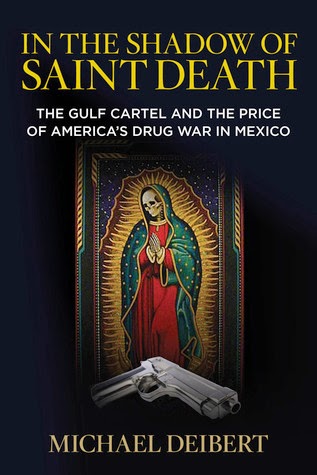 In Australia’s remote Northern Territory, the small town of Borroloola represents for many, both theoretically and literally, the end of the line, only a scant few miles away from the Gulf of Carpentaria as it empties out into the Arafura Sea. Once a way-station for outlaws and all sorts of criminal drift from Australia’s southern reaches, Borroloola has nevertheless historically been of great importance to four of the country’s most important indigenous linguistic groupings, the Gurdanji, Yanyuwa, Garawa and Mara.
In Australia’s remote Northern Territory, the small town of Borroloola represents for many, both theoretically and literally, the end of the line, only a scant few miles away from the Gulf of Carpentaria as it empties out into the Arafura Sea. Once a way-station for outlaws and all sorts of criminal drift from Australia’s southern reaches, Borroloola has nevertheless historically been of great importance to four of the country’s most important indigenous linguistic groupings, the Gurdanji, Yanyuwa, Garawa and Mara.Visiting the region to examine the controversy surrounding a mining project, its affect on the local population, and what the results of decades of official neglect and indifference have had on Australia’s indigenous inhabitants (one of the oldest continuous groupings of humanity on earth), I drove down the thinnest ribbons of road, populated by a vast array of endemic flora and fauna that were bracing in its natural beauty, so different than the civic mistakes that pose as town in the south of the country. In Borroloola itself, I felt transported back to central Africa, not only because of the landscape but, alas, from the glaring lack of basic services to the original residents of what is ostensibly one of the world’s richest democracies. I must also, say, though, that I found a great dignity and awareness of history and tradition among the Aboriginal residents there, that gives me some small hope that this ancient and important culture will not be lost entirely, no matter what forces are arrayed against it.
For my travels in Australia thus far, in addition to the novia, I have had as company some fine books, the most relevant to my understanding of the places thus far having been National Geographic writer Harvey Arden’s quite beautiful account of his conversations with Aboriginal elders, Dreamkeepers: A Spirit-Journey into Aboriginal Australia, the art critic Robert Hughes’ often hair-raising account of the country’s conquest by its white population, The Fatal Shore, and, by way of a gift from Australian Broadcasting Corporation journalist Murray McLaughlin in Darwin last week, Nicholas Jose’s Black Sheep: Journey to Borroloola, an account of his search for the true history of an opportunely long-lost relative, the Borroloola hermit Roger Jose.
Back from Borroloola and now ensconced in Sydney once more, we await, with the rest of the world, the innaugruation of Barack Obama as the 44th President of the United States. As one indigenous person told me in Borroloola, “he’s one of us.”




No comments:
Post a Comment